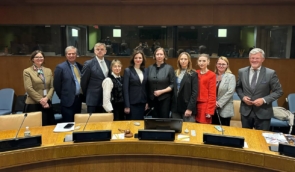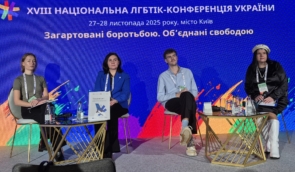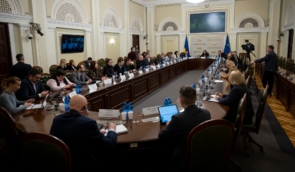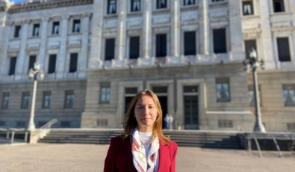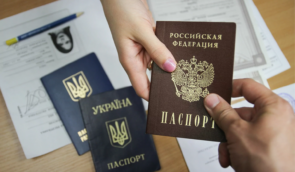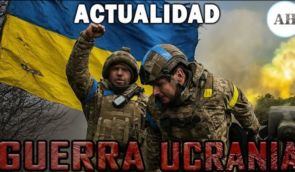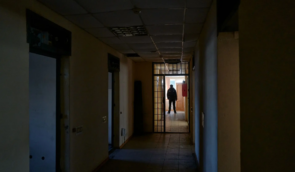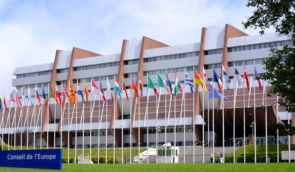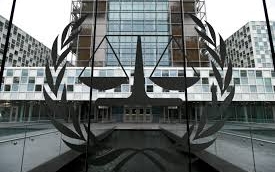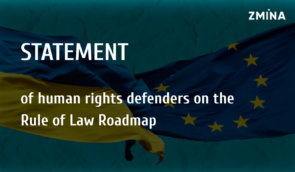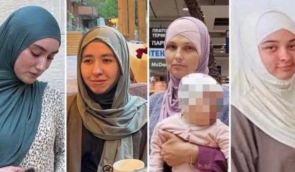Justice for torture victims: ZMINA joins OSCE conference
On June 2, 2023, the Permanent Representation of Denmark and the Permanent Representation of Switzerland to the OSCE held the international conference “Justice for Torture Victims: Applying a victim-centred Approach and Ensuring the Right to Redress and Rehabilitation in Practice” in Vienna. Head of Human Rights Centre ZMINA Tetiana Pechonchyk and Anatoliy Harahatyi, a resident of the Kharkiv region who survived torture, took part in the event opening.
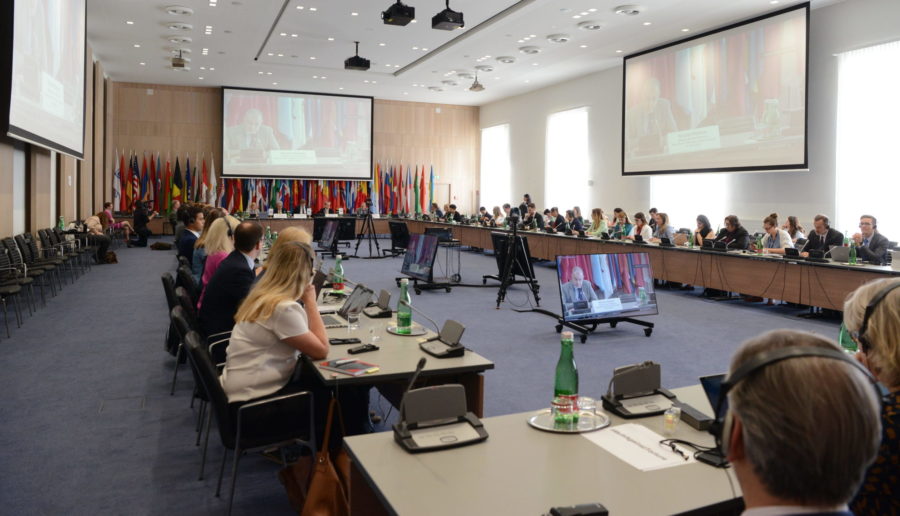 Photo: OSCE conference service
Photo: OSCE conference serviceOSCE participating States and civil society discussed the state’s obligations to ensure adequate redress and legal protection for victims of torture and other cruel, inhuman and degrading treatment. In addition, the conference participants drew attention to the important role of NGOs in supporting torture victims and fulfilling their right to reparation.
Christian Grønbech-Jensen, Permanent Representative of Denmark to OSCE, addressed the audience: “Russia’s war of aggression against Ukraine has been going on for more than a year, and Denmark, as before, is committed to holding criminals to account and ensuring justice for the people of Ukraine. We will not get tired: the guilty must and will be held to account. But justice for torture victims is more than a court ruling. It’s about giving priority to victims and ensuring their right to redress.”
“Let’s not forget that the victims are people just like us. Each of them has their personal needs. International humanitarian law specifically defines that the victims have the right to redress which would correspond to the level of suffering inflicted on them: compensation, rehabilitation, and a guarantee of non-repetition,” added Matteo Mecacci, Director of the OSCE Office for Democratic Institutions and Human Rights.
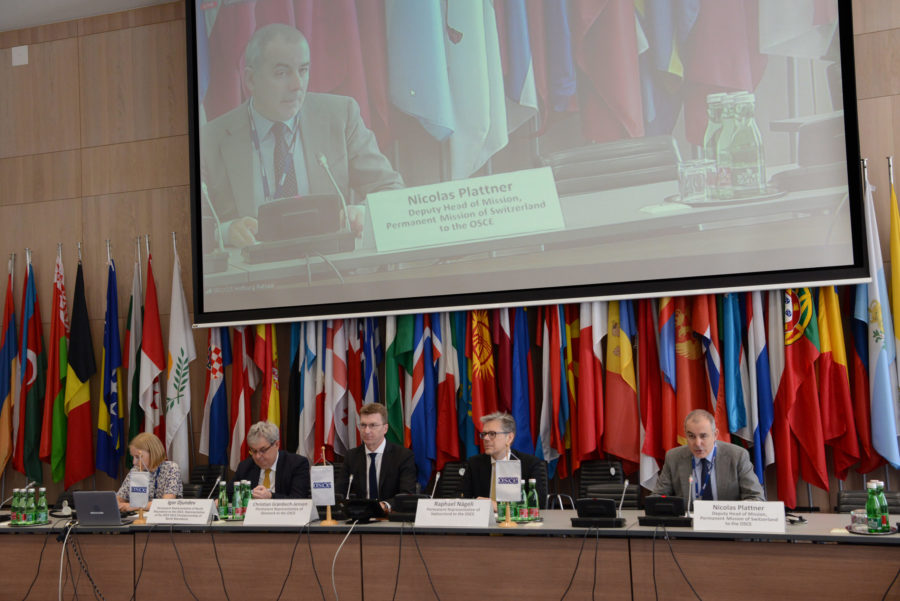 Photo: OSCE conference service
Photo: OSCE conference serviceThe conference participants listened to the testimony of Anatoliy Harahatyi, a 70-year-old photographer and blogger from the Kharkiv region. He was detained on May 28, 2022, for filming a video of convoys of Russian military equipment entering his native village of Savyntsi. The man spent 100 days in the Balaklia pre-trial detention centre and became a victim of brutal electric shock torture and beatings. However, even under the threat of torture, he refused to record a video justifying the Russian occupation.
“I was interrogated by four masked investigators. They wanted me to admit that I was a fire spotter. I refused, and they tortured me with sticks, fists, and a stun gun. For every Ukrainian word, I was touched with a stun gun: I was electrocuted as many times as I spoke Ukrainian. And at the end, they connected an electric current to my toes and switched it on. After the second time, I passed out, but I survived. Not only me but also other men came after interrogations bruised and bloodied but happy because they stayed alive. Some were unlucky and were tortured for being fire spotters or ATO participants, or, or, or… It is difficult to remember this without tears, but it is necessary because the Russian army is the army of marauders and savages,” Harahatyi shared his memories.
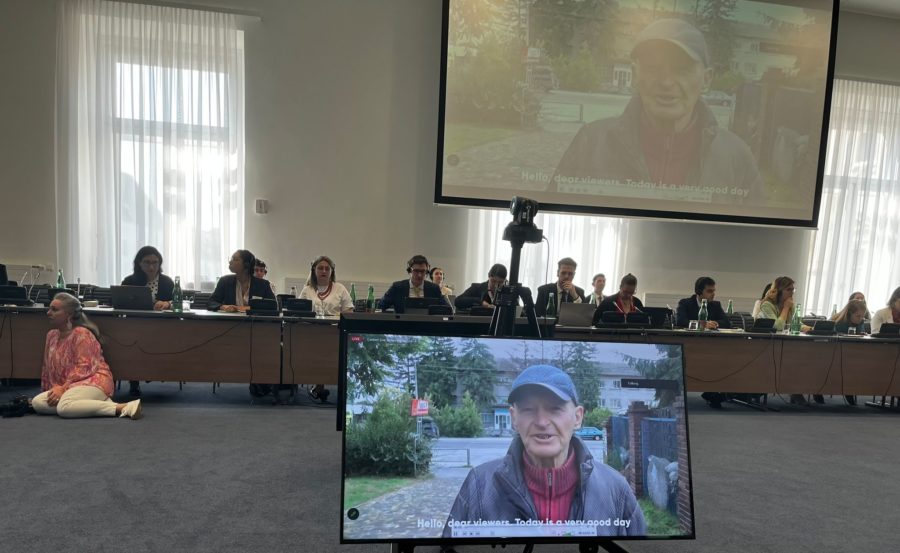 Photo: Permanent Mission of the Republic of Poland to OSCE
Photo: Permanent Mission of the Republic of Poland to OSCETetiana Pechonchyk, Head of Human Rights Centre ZMINA, noted that the story of Anatoliy Harahatyi is only one of 45 cases of torture committed during the Russian armed aggression, which the organization has documented in recent months. All the interviewees were held incommunicado in Russian prisons without notifying their relatives and witnessed the torture of fellow inmates: they heard screams, saw the consequences of beating others.
“Eighty-five percent of victims reported being beaten with hands or feet, metal or plastic pipes, wooden clubs or special police batons. Cases of repeated beatings during one day or during interrogations the next day were particularly traumatic. Some of the interviewees point to efforts not to hit those interrogated in the face or the body to hide the fact of torture, to prevent deaths due to damage to internal organs,” Pechonchyk said.
Common trauma is cracks or fractures of ribs and electric shock torture. ZMINA also documented cases of traumatic tying, specific forms of beating (hits on the head with a metal helmet, blows on the heels with sticks, constant blows to the same part of the body), a case of drowning (pouring water into the mouth through a towel thrown over face), intentional breaking of limbs, traumatization of joints, rape and castration of victims.
This was accompanied by psychological abuse: some victims were required to publicly recite Ukrainian patriotic slogans or sing the national anthem while being tortured by electric shocks. Also, all interviewed victims who were detained complained of inadequate nutrition.
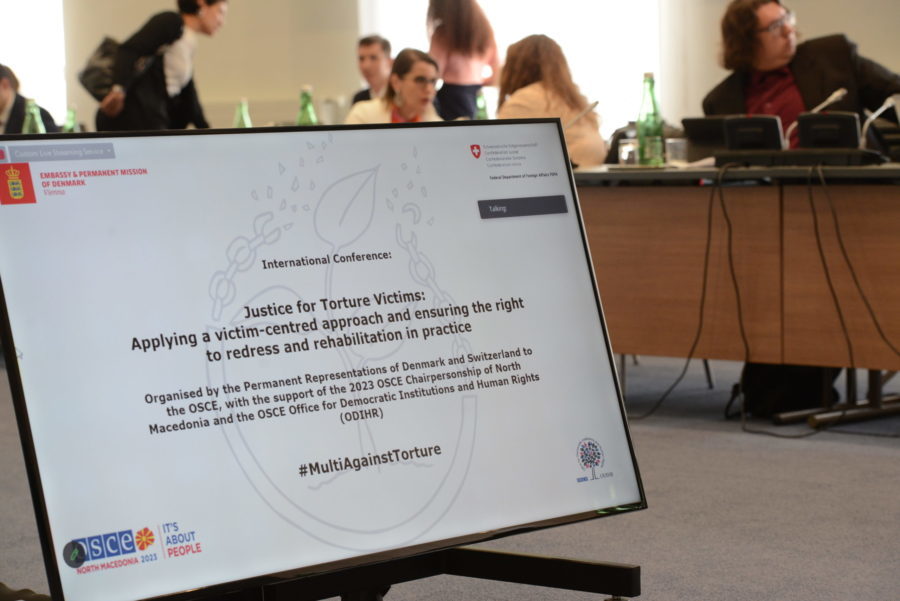 Photo: OSCE conference service
Photo: OSCE conference servicePechonchyk emphasized: “We found victims of torture in literally every village or town that was under occupation. Therefore, torture and ill-treatment by the Russians are not only war crimes but also crimes against humanity given the systematic nature and prevalence of this practice.”
The head of the Human Rights Centre ZMINA announced three steps that must be taken to protect victims and restore justice:
- Ukrainian authorities should actively encourage victims of torture to provide testimonies and statements, open criminal cases as many such facts are still not registered.
- It is necessary to implement the standards of the Istanbul Protocol in Ukraine, in particular for the proper documentation of the traces and consequences of torture which will contribute to a more effective investigation.
- The state should provide protection, psychological support, and rehabilitation to victims since the efforts of civil society are not enough, given the large number of victims.
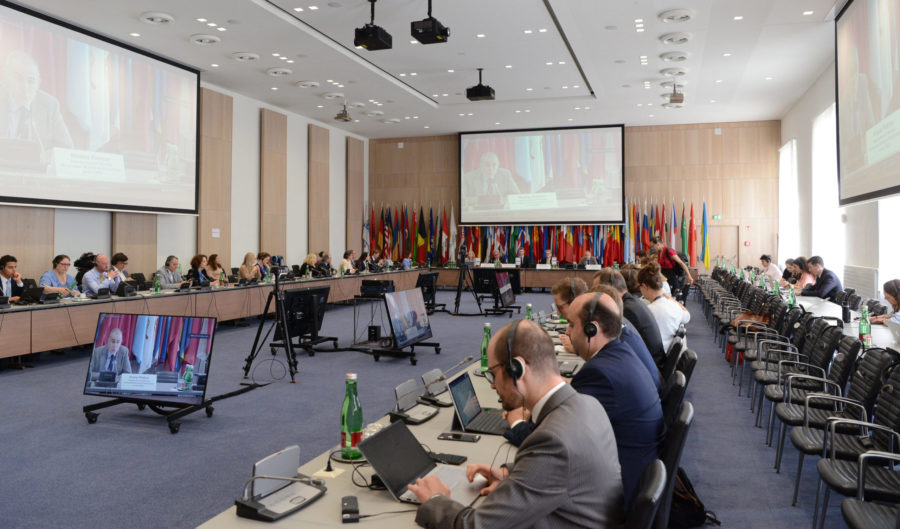 Photo: OSCE conference service
Photo: OSCE conference serviceWithin the framework of the Conference, two-panel sessions were held on how the state can provide redress to victims and support civil society in this. The findings of the event will be used to promote further action in the field of torture prevention and prepare a report with recommendations.
If you have found a spelling error, please, notify us by selecting that text and pressing Ctrl+Enter.

